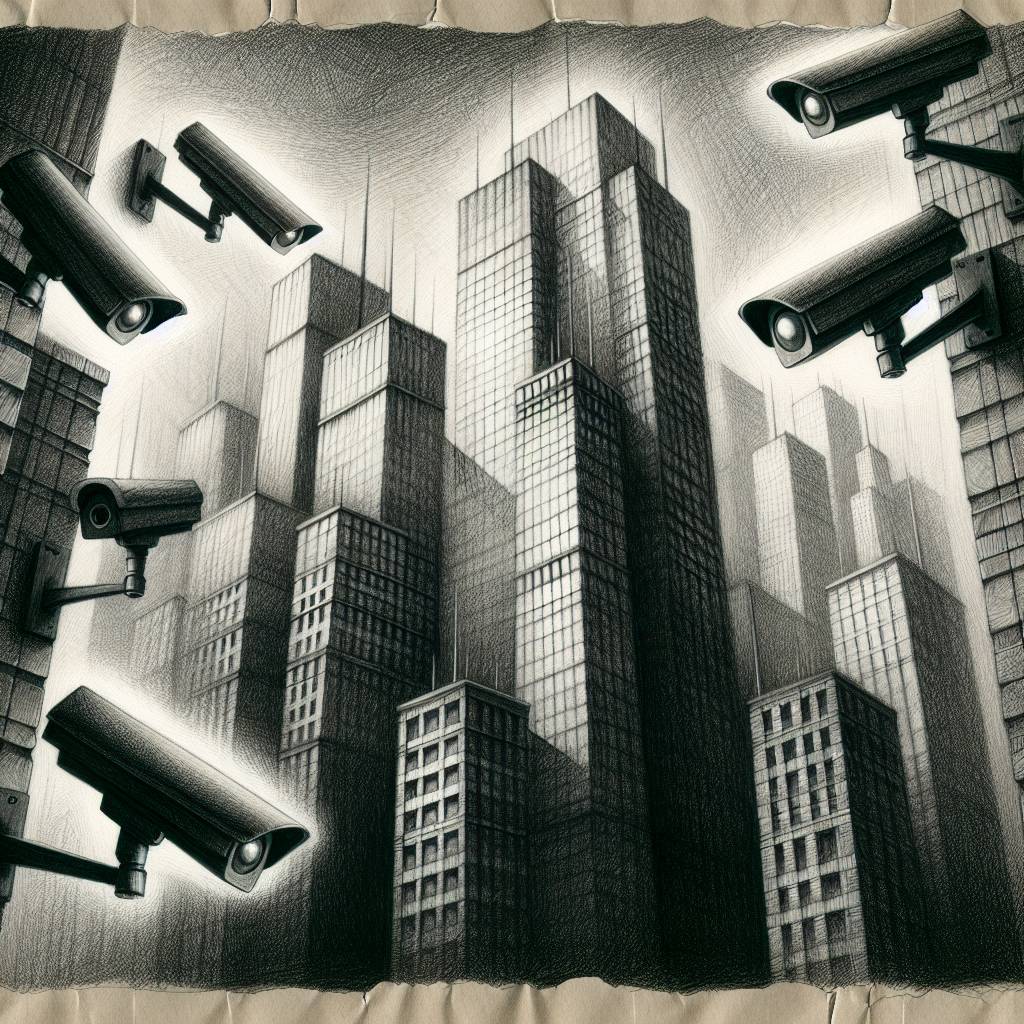The Rise of the Surveillance State: How Computer Vision Papers Fuel Big Brother’s Watchful Eye
New research highlights how academic computer vision papers frequently feed into surveillance-enabling patents. The study finds that ambiguous language often camouflages the focus on human data extraction, transforming people into mere “objects” for study. It’s like turning your nosy neighbor into a high-tech spy—without the courtesy of a heads-up.

Hot Take:
When academic papers start sounding like they’re written by James Bond villains, maybe it’s time we hit pause on the whole ‘big brother’ vibe of computer vision. Who knew academia could unwittingly be the Q to surveillance’s 007?
Key Points:
- Computer vision papers linked to surveillance patents increased more than fivefold from the 1990s to 2010s.
- Researchers analyzed over 19,000 papers and 23,000 patents, finding a significant focus on human data.
- Ambiguous language in academic research often conceals the surveillance implications.
- The study highlights a trend in normalizing human-targeting language in research.
- Jathan Sadowski suggests that corporate and military interests drive computer vision’s focus on human data.
Already a member? Log in here
